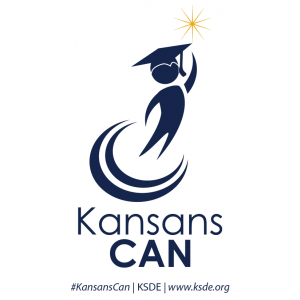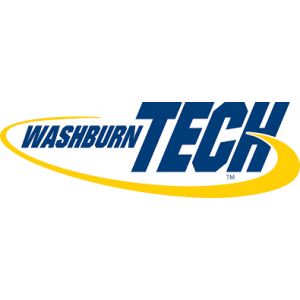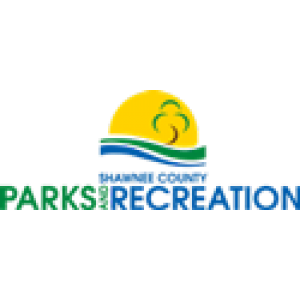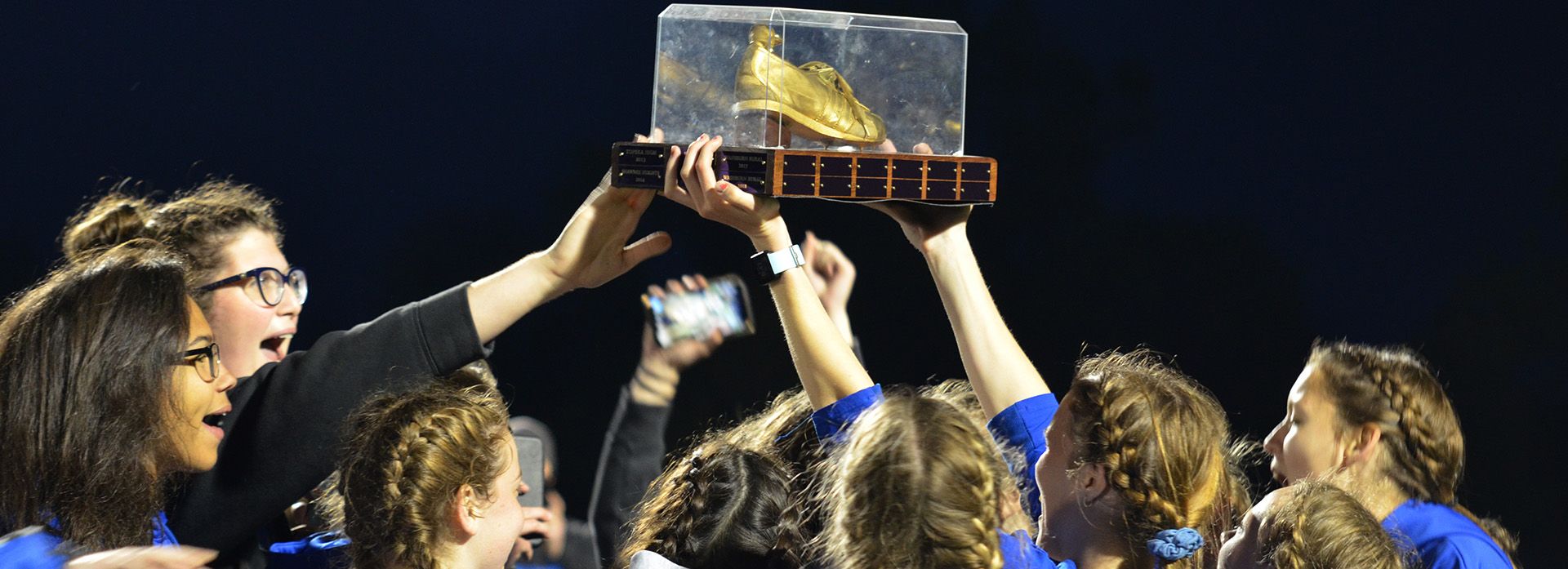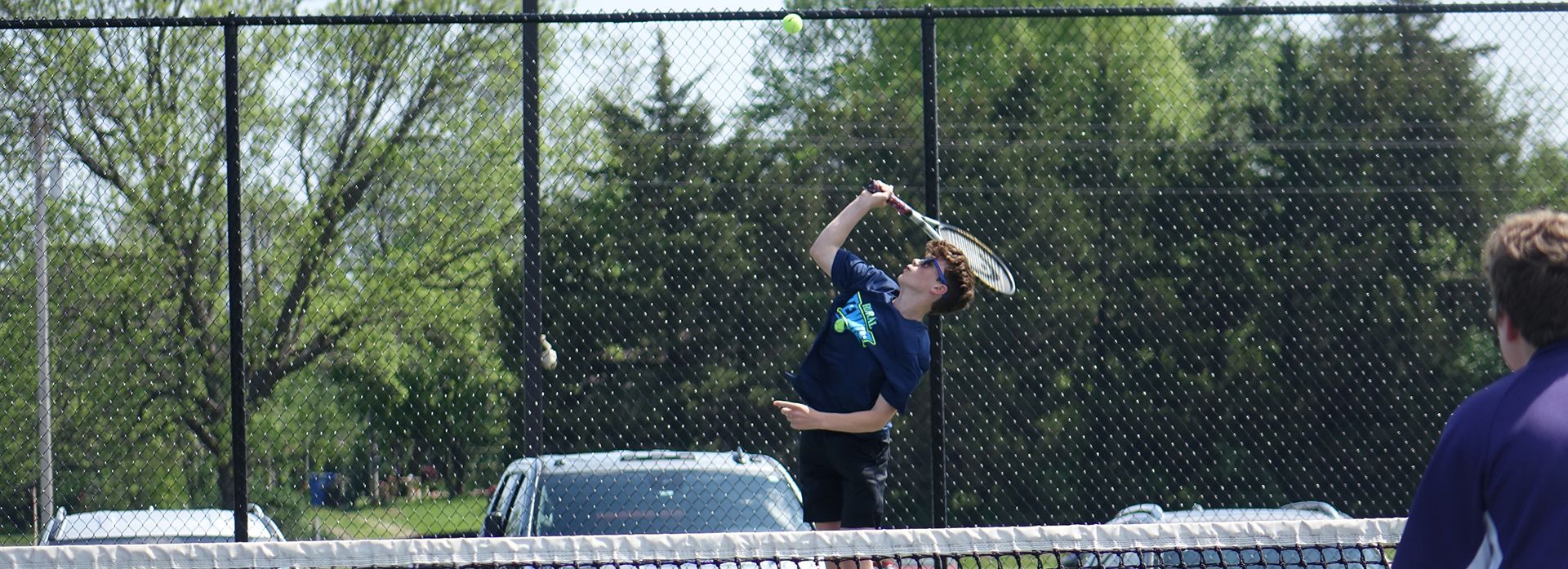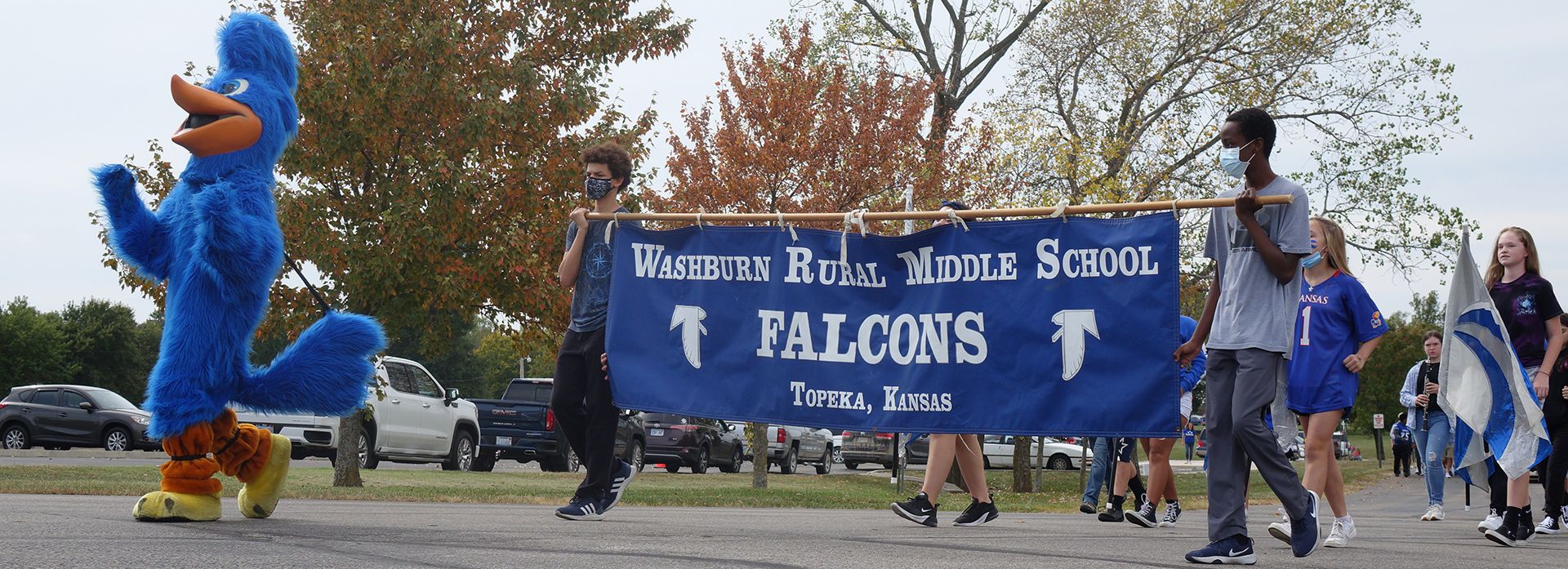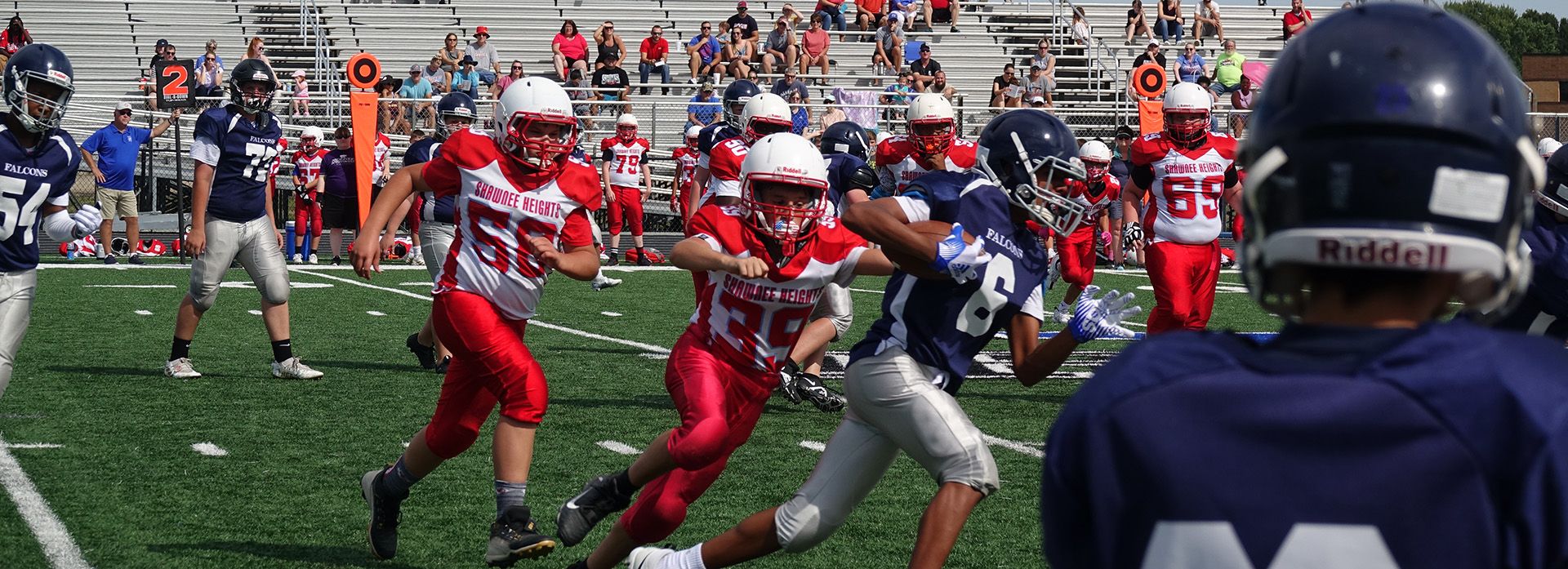Energy Use Guidelines
The Board embraces energy conservation and believes it to be our responsibility to ensure that every reasonable effort is made to conserve energy and natural resources while exercising sound financial management.
Responsibilities
- Every person is expected to become an "energy saver", as well as an "energy consumer".
- The staff member is responsible for implementing the guidelines during the time that he or she is present in the instruction room or office.
- The custodian is responsible for control of common areas, e.g. halls, cafeteria, foyer, etc.
- Since the custodian is typically the last person to leave a facility in the evening, he or she is responsible for verifying the nighttime shutdown.
- The facility administrator is responsible for the total energy usage of his or her facility.
- The Energy Specialist provides regular (at least semi-annual) program update reports to the Board of Education.
- The Energy Specialist performs routine audits of all facilities and communicates the audit results to the appropriate personnel.
- The Energy Specialist is responsible for directly contacting the appropriate maintenance personnel to make adjustments to the Organization's Energy Management System (EMS), including temperature settings and run time for heating, ventilation, and air conditioning (HVAC), and other controlled equipment.
- Administration will regularly communicate the importance, and impact, of the energy conservation program to its internal and external constituents.
- The Energy Specialist provides monthly energy savings reports to facility administrators, which detail performance results.
- The Organization is committed to, and responsible for, a safe and healthy learning environment.
- To complement the Organization's behavioral-based energy conservation program, the organization shall develop and implement a preventative maintenance and monitoring plan for its facilities and systems, including HVAC, building envelope, and moisture management.
General
- Instructional room doors shall remain closed when HVAC is operating. Ensure doors between conditioned space and non-conditioned space remain closed at all times (e.g. between hallways and gym or pool areas).
- Proper and thorough utilization of data loggers will be initiated and maintained to monitor relative humidity, temperature, and light levels throughout the Organization's facilities to ensure compliance with organization guidelines.
- All exhaust fans should be turned off daily.
- All office machines (copiers, laminating equipment, etc.) shall be switched off each night, and during unoccupied times. Fax machines should remain on.
- All computers should be turned off each night. This includes the monitor, local printer, and speakers. Network equipment shall remain on.
- All capable computers should be programmed to ensure the display will "sleep" after ten minutes of inactivity.
Air Conditioning Equipment
| Cooling Season | Set Points |
|---|---|
| Occupied | 74° F ± 2° |
| Unoccupied | 85° F |
- Occupied temperature shall not be set below 74° F with a two degree room adjustment in either direction.
- During unoccupied times, the air conditioning equipment shall be off. The unoccupied period begins when the students leave the area at the end of each day. It is anticipated that the temperature of the instruction room will be maintained long enough to afford comfort for the period staff remains in the instruction room after students have left.
- Air conditioning start times may be adjusted (depending on weather) to ensure instruction room comfort when instruction begins.
- Ensure outside air dampers are closed during unoccupied times.
- Relative humidity levels shall not exceed 60% for any 24 hour period.
- Air conditioning should not be utilized in facilities during the summer months unless the facilities are being used for summer school, or year-round school. Air conditioning may be used by exception only, or in those facilities that are involved in team and/or crew cleaning activities, and only at the times of those activities.
- Where cross-ventilation is available during periods of mild weather, shutdown HVAC equipment and adjust temperature with windows and doors. Cross-ventilation is defined as having window and/or doors to the outside on each side of a room.
- Ensure dry food storage areas are maintained within code requirements. Typically, code requirements mean 55-75° F temperature and 35-60% relative humidity. Utilize loggers to verify.
Heating Equipment
| Heating Season | Set Points |
|---|---|
| Occupied | 70° F ± 2° |
| Unoccupied | 55° F |
- Occupied temperature shall not be above 70° F with a two degree room adjustment in either direction.
- The unoccupied temperature setting shall be 55° F (i.e.setback). This may be adjusted to a 60° F setting if issues are recorded at the 55 degree setting. The set point may be adjusted back up during extreme weather.
- The unoccupied time shall begin when students leave an area.
- During the spring and fall, when there is no threat of freezing, all steam and forced air heating systems should be switched off during unoccupied times. Hot water heating systems should be switched off using the appropriate loop pumps.
- Ensure all domestic hot water systems are set no higher than 120° F or 140° F for cafeteria service (with dishwasher booster).
- Ensure all domestic hot water recirculating pumps are switched off during unoccupied times.
- For heat pumps, ensure a six-degree Fahrenheit dead-band between heating and cooling modes.
Lighting
- All unnecessary lighting in unoccupied areas will be turned off. Staff should make certain that lights are turned off when leaving the instruction room or office when empty. Utilize natural lighting where appropriate.
- Outside lighting shall be off during daylight hours.
- Gym lights should not be left on unless the gym is being used.
- All lights will be turned off when students and staff leave for the day. Custodians will turn on light only in the areas in which they are working.
- Refrain form turning lights on unless definitely needed. Remember that lights not only consume electricity, but also give off heat that places an additional load on the air conditioning equipment. Thereby increasing the electricity usage needed to cool the room.
Water
- Ensure all plumbing and/or intrusion (i.e. roof) leaks are reported and repaired immediately.
- Grounds watering with automatic systems should only be done between 10:00 PM - 10:00 AM. Do not water during the heat of the day, typically between 10:00 AM - 8:00 PM.
- When spray irrigating, ensure that water does not directly hit the facility.
- Consider installing water sub-meters on irrigation and cooling tower supply lines to eliminate sewer charges.
* The district shall adopt, observe, and implement these guidelines as provided; however, these guidelines are not intended to be all-inclusive, and they may be modified for local conditions. These guidelines supersede all previous instructions related to energy conservation or facility management.
